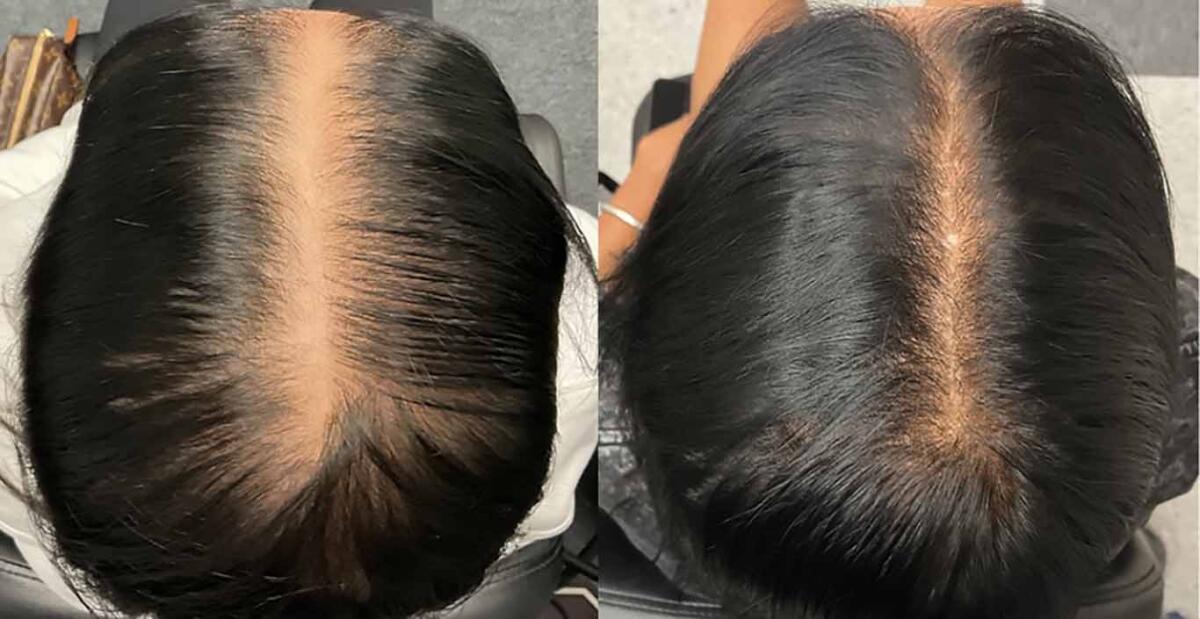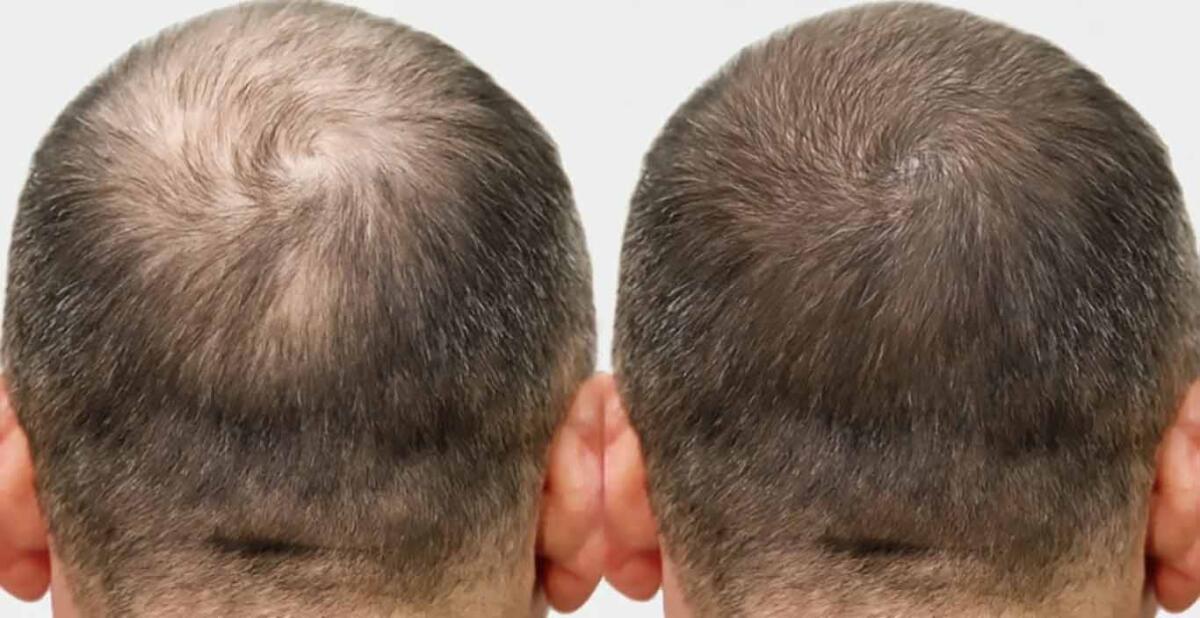Laser Hair Restoration Without Surgery Is Reshaping the Future of Hair Regrowth

- Share via
Laser Hair Restoration Near Me Isn’t What It Used to Be
If you’ve ever searched “laser hair restoration near me,” expecting a lineup of red light helmets and basic scalp treatments, you’re behind on what’s become the next wave in non-surgical hair regrowth. The latest evolution? A treatment that doesn’t use lasers at all. Instead, it relies on ultrasound-based sound waves to enhance scalp health and deliver targeted growth factors, no needles, no downtime, and surprisingly, no light.
How Low-Level Laser Therapy for Hair Growth Evolved into Something Better
Low-level laser therapy (LLLT) once dominated the non-surgical hair restoration space. While it still has benefits, newer technologies are changing the game entirely. TED (or TransEpidermal Energy Delivery) is a completely noninvasive process designed to support hair regrowth. It works by channeling essential nutrients to the hair follicles using energy pulses delivered through ultrasound-based sound waves. These pulses temporarily open tiny microchannels in the scalp, allowing a proprietary growth serum to reach the base of the hair follicle where it can be most effective.
“TED represents a major breakthrough in regenerative aesthetics. It gives both men and women a way to meaningfully restore hair without surgery, pain, or needles. The results speak for themselves,” says Dr. Ghiyam, MD, at SimiDoctors and an expert in noninvasive hair restoration treatments.
What to Expect From Red Light Therapy for Hair Loss vs. TED
Red light therapy still has a place in the hair restoration conversation, but it’s often slow and limited in scope. Clinical data from Alma Lasers shows that 98% of patients who tried this newer treatment reported reduced shedding within just two weeks of their first session. Hair density increased by an average of 40% after three sessions.
The treatment also includes a nutrient-rich serum formulated with bioactive ingredients (peptides, growth factors, and amino acids) known to nourish follicles and improve overall scalp health.

The Best Treatment for Receding Hairline Might Be Needle-Free
For years, a receding hairline meant either accepting change or opting for a transplant. Now, there’s another choice. “TED is highly effective for both men and women experiencing early-to-moderate hair thinning or excessive shedding,” says Dr. Ghiyam. “It is particularly valuable for women, who often aren’t ideal candidates for surgical hair transplantation and are left with fewer options.”
Laser Hair Restoration Cost: What You’re Really Paying For
Hair transplants often range from $20,000 to $30,000 and come with recovery time, visible scabbing, and a wait of up to a year for results. PRP therapy, while less invasive, involves blood draws and dozens of injections across multiple visits.
By contrast, the cost for this ultrasound-based approach is $1,200 per session or $2,900 for a package of three. Maintenance sessions are usually only needed every 6 to 9 months. “With TED, most patients begin seeing results within weeks, and there’s no downtime or post-treatment pain,” notes Dr. Ghiyam.
Does Laser Hair Restoration Really Work? Here’s What the Data Says
Not all laser (or laser-adjacent) treatments are created equal. Ultrasound-assisted delivery systems allow for deeper penetration of active ingredients into the scalp, helping to support hair regrowth at the follicular level. Clinical studies show improved texture, density, and fullness in patients who complete the initial three-session protocol.
The treatment also improves overall scalp health, targeting inflammation and oxidative stress while supporting follicles that may have gone dormant due to stress or hormone imbalance. Read the full white paper.
Who Is a Good Candidate for TED Hair Restoration?
“TED is an excellent option for anyone in the early stages of hair thinning or dealing with excessive shedding,” Dr. Ghiyam says. It’s non-hormonal, drug-free, and entirely comfortable. For women, especially those with diffuse thinning or limited surgical options, this approach can offer real hope.
Patients who’ve undergone hair transplants can also benefit. “Starting TED one month after transplant has led to stronger survival rates and healthier growth of implanted follicles, outperforming the standard PRP regimen used by most transplant surgeons,” adds Dr. Ghiyam.
How to Maintain Results from Laser Hair Restoration
While this treatment supports new hair growth, long-term success often depends on treating the root cause of hair loss, whether that’s stress, shifting hormones, or elevated DHT.
“If the original issue hasn’t been addressed, hair loss can resume over time,” says Dr. Ghiyam. “That’s why we develop a personalized plan, which may include hormonal support or DHT blockers, to maintain progress and prevent regression.”
This Is the Future of Noninvasive Hair Regrowth
For anyone frustrated with thinning hair or shedding that won’t quit, this may be the gentler, smarter solution worth exploring.
Click here to learn more about SimiDoctors












